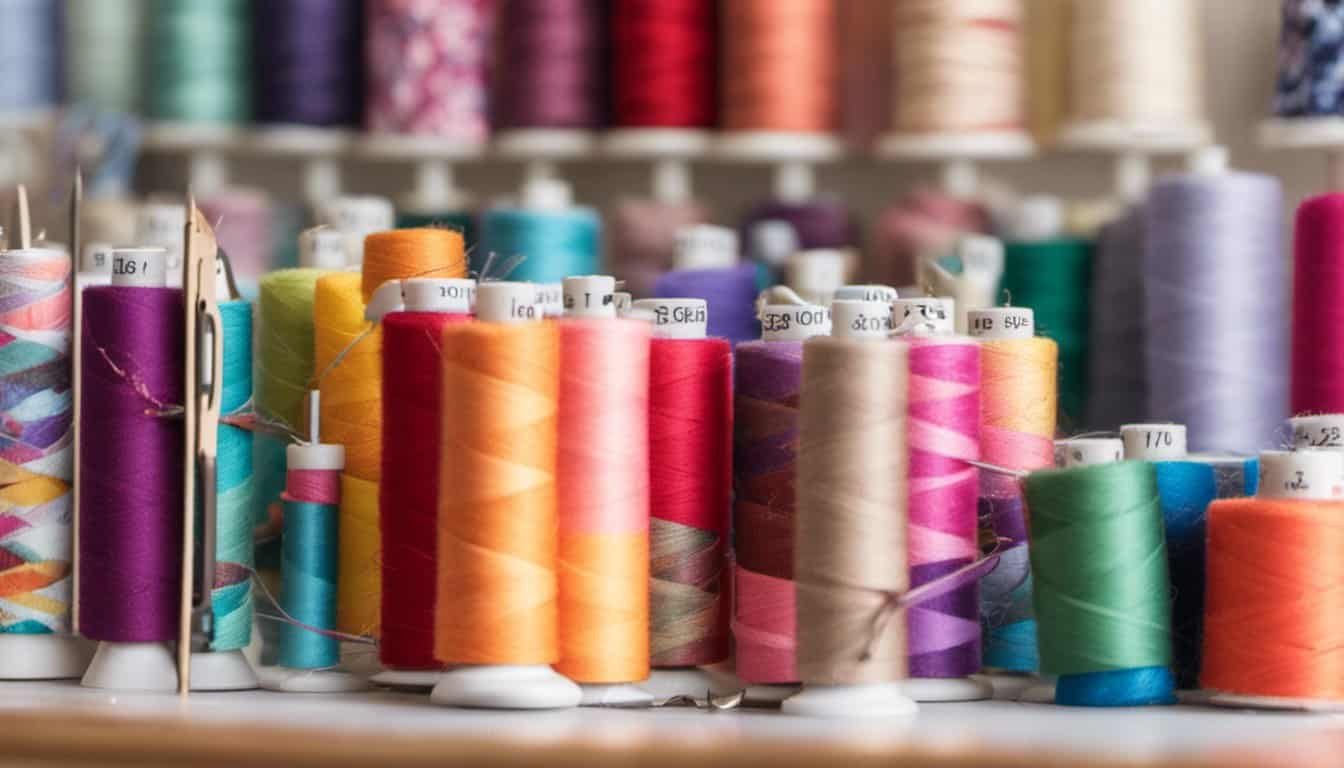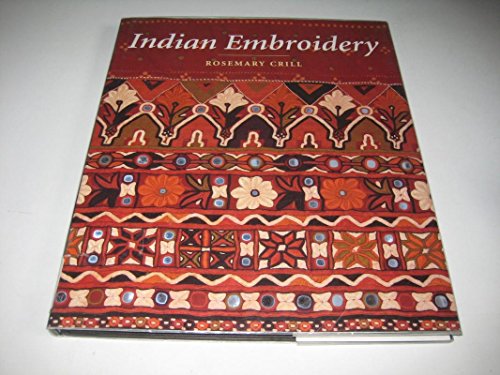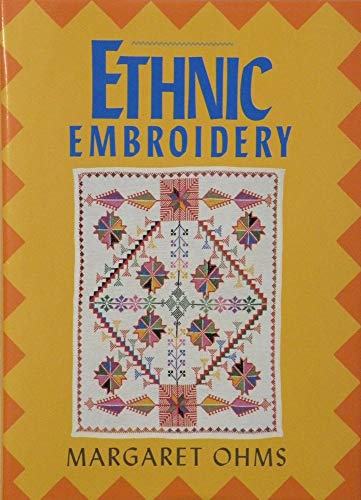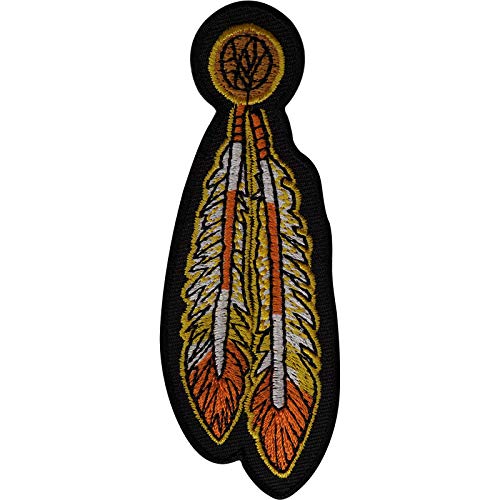Are you fascinated by the intricate beauty of Indian textiles? Zari work, a traditional form of embroidery using metallic threads, has been captivating hearts for centuries.
In this article, you’ll dive into the art of mastering Zari work. Whether you’re a beginner or looking to refine your skills, we’ll guide you through the essentials, techniques, and secrets that make Zari embroidery so mesmerizing.
Get ready to explore the shimmer and elegance of this timeless craft and add a touch of brilliance to your creations.
History And Significance Of Zari Work
Zari work originated in ancient India, flourishing during the Mughal Empire. Mughal artisans perfected the technique, integrating it into royal garments and textiles. You can trace Zari’s roots to regions like Lucknow and Varanasi, where skilled craftsmen continue the tradition.
Zari holds cultural importance in Indian weddings and festive attire. Metallic threads symbolize prosperity and elegance, enhancing sarees, lehengas, and sherwanis. Its intricate patterns reflect regional artistry and heritage, making each piece unique.
Key Milestones in Zari Work
- Mughal Era: Advanced Zari techniques for royal apparel.
- Colonial Period: Introduction of machine-made Zari, increasing accessibility.
- Modern Times: Fusion of traditional Zari with contemporary designs.
Applications of Zari Work
- Apparel: Enhances sarees, lehengas, and bridal wear.
- Home Decor: Adorns cushions, drapes, and upholstery.
- Accessories: Embellishes handbags, shoes, and jewelry.
Types of Zari
- Pure Gold Zari: Traditional and luxurious, made from real gold.
- Silver Zari: Offers a shiny alternative, often mixed with other metals.
- Synthetic Zari: Cost-effective, suitable for everyday wear.
Regional Styles
| Region | Distinctive Features |
|---|---|
| Lucknow | Intricate patterns, fine craftsmanship |
| Varanasi | Heavy, bold designs with vibrant colors |
| Gujarat | Geometric motifs, durable threads |
Embracing Zari work connects you to a rich cultural legacy, allowing you to incorporate timeless elegance into your creations.
Techniques And Tools Used In Zari Embroidery
Zari embroidery combines traditional craftsmanship with specialized tools to create intricate metallic patterns. Understanding these techniques and tools enhances your ability to master this elegant art form.
Traditional Methods
Traditional Zari embroidery relies on time-honored techniques passed down through generations:
- Hand-Weaving Zari Threads: Artisans weave pure metal threads from gold or silver, maintaining their luster and flexibility.
- Satin Stitching: You use satin stitches to create smooth, lustrous surfaces that highlight metallic threads.
- Chain Stitching: This method forms interconnected loops, ideal for outlining and adding texture to designs.
- Darning and Couching: Darning fills larger areas with dense stitching, while couching secures thicker threads onto the fabric.
- Mirror Work Integration: Combining Zari with mirror embellishments adds reflective elements, enhancing visual appeal.
Modern Innovations
Incorporating modern advancements can elevate your Zari embroidery projects:
- Machine-Assisted Stitching: Utilize embroidery machines equipped with metallic thread settings for precise and efficient stitching.
- Synthetic Zari Threads: Choose synthetic alternatives that offer durability and affordability without compromising shine.
- Digital Design Software: Design intricate patterns digitally before transferring them to fabric, ensuring accuracy and consistency.
- Laser Cutting Tools: Apply laser technology for precise fabric cutting, enabling complex designs with ease.
- Automated Weaving Techniques: Leverage automated looms to produce high-quality Zari threads, increasing production speed and uniformity.
| Traditional Tools | Modern Tools |
|---|---|
| Hand-spun gold/silver Zari | Embroidery machines |
| Handlooms for threading | Digital design software |
| Manual stitching tools | Laser cutting equipment |
| Traditional needles | Automated weaving looms |
| Natural fiber fabrics | Synthetic Zari threads |
By blending these traditional methods with modern innovations, you can achieve both authenticity and efficiency in your Zari embroidery projects.
Popular Zari Embroidered Garments
Zari embroidery elevates traditional Indian garments with its luxurious metallic threads.
Sarees
Choose Zari-embroidered sarees to add a touch of elegance to your wardrobe. Regions like Banaras, Kanchipuram, and Lucknow specialize in sarees with intricate gold or silver Zari patterns along the borders and pallav. These sarees are ideal for weddings and festive events, providing a timeless and sophisticated look.
Lehenga Cholis
Enhance your wedding attire by selecting Zari-embroidered lehenga cholis. Designs from Gujarat, Rajasthan, and Maharashtra feature elaborate motifs and metallic accents on both the skirt and blouse. The combination of vibrant fabrics with Zari work creates stunning ensembles that make a statement during traditional celebrations and ceremonies.
Regional Variations In Zari Work
Zari work showcases diverse styles across different Indian regions, each highlighting unique techniques and patterns.

Lucknow Zari
Lucknow Zari features intricate floral and paisley motifs crafted with fine gold and silver threads. Artisans employ satin and chain stitching to create detailed designs, enhancing garments like sarees and lehengas. This style emphasizes elegance and precision, making it ideal for bridal and festive attire.
Banaras Zari
Banaras Zari is renowned for its vibrant colors and traditional geometric patterns. Varanasi artisans integrate Zari with silk to produce luxurious textiles, often incorporating mirror work and thread embroidery. This variation is popular in silk sarees and ceremonial garments, reflecting the region’s rich cultural heritage.
Caring For Zari Embroidered Textiles
Maintaining Zari embroidered textiles ensures their longevity and preserves their intricate designs. Follow these guidelines to care for your precious garments and decor.
Cleaning Zari Embroidered Items
- Hand Washing: Gently hand wash Zari items in cold water using a mild detergent. Avoid harsh chemicals that can tarnish metallic threads.
- Spot Cleaning: Treat stains immediately by dabbing with a soft cloth and mild detergent. Do not rub vigorously to prevent thread damage.
- Dry Cleaning: For delicate or heavily embellished pieces, opt for professional dry cleaning to maintain fabric integrity.
Storage Practices
- Avoid Sunlight: Store Zari textiles away from direct sunlight to prevent color fading and thread corrosion.
- Use Acid-Free Materials: Wrap garments in acid-free tissue paper and place them in breathable cotton bags to protect against dust and moisture.
- Proper Hanging: Hang sarees and other garments using padded hangers to maintain their shape and prevent creasing of delicate embroidery.
Handling and Maintenance
- Minimize Wear: Limit the use of Zari-embroidered items to reduce stress on the threads. Rotate your wardrobe to allow fabrics to rest.
- Regular Inspections: Check for loose threads or damage after each use. Repair minor issues promptly to avoid further deterioration.
- Avoid Overloading: When storing multiple garments, ensure they are not overcrowded to prevent snagging and distortion of embroidery.
Preserving Shine and Color
- Use Fabric Fresheners: Apply fabric fresheners designed for delicate textiles to maintain the luster of metallic threads without causing buildup.
- Ironing Tips: Iron Zari fabrics inside out on a low heat setting. Place a cloth between the iron and the textile to protect the embroidery.
- Avoid Moisture: Keep Zari items in a dry environment to prevent rusting of metallic threads. Use silica gel packets in storage areas to control humidity.
Transportation Tips
- Secure Packaging: When transporting Zari textiles, fold them carefully and place them in protective garment bags to prevent creasing and damage.
- Handle with Care: Carry embroidered items gently to avoid pulling or stretching the threads. Use sturdy containers for home decor pieces.
By following these care instructions, you can maintain the beauty and elegance of your Zari embroidered textiles for years to come.
Future Trends In Zari Work
Advancements in technology are transforming Zari work, making intricate designs more accessible. Digital design tools enable precise pattern creation, while automated weaving machines enhance production speed without compromising quality. As a result, artisans can experiment with complex motifs and scale their operations to meet growing demand.
« Unlock the Secrets: How to Sew Chenille for Soft Textures Like a Pro
You Won’t Believe How Easy It Is to Sharpen Fabric Scissors at Home »
Sustainability gains importance in Zari work, leading to the use of eco-friendly metallic threads and organic fabrics. Manufacturers prioritize recyclable materials and reduce waste by optimizing production processes. This shift appeals to environmentally conscious consumers seeking traditional craftsmanship with a modern, sustainable approach.
Fusion with contemporary fashion trends broadens Zari’s appeal beyond traditional attire. Designers integrate Zari embellishments into casual wear, accessories, and home decor, creating versatile products that attract a wider audience. This blending of old and new styles revitalizes Zari work, making it relevant in today’s fashion landscape.
Customization becomes a key trend as consumers seek personalized Zari designs. Artisans offer bespoke services, allowing clients to choose specific patterns, colors, and materials. Personalized Zari creations cater to individual tastes, enhancing the uniqueness and value of each piece.
The global market for Zari-embroidered products expands through international collaborations and e-commerce platforms. Artisans reach a broader audience by showcasing their work online, tapping into global demand for authentic Indian embroidery. Cross-cultural partnerships introduce Zari techniques to diverse markets, fostering innovation and cultural exchange.
Innovations in Zari materials enhance durability and aesthetic appeal. New metallic blends provide improved resilience and shine, while colored Zari threads offer a broader palette for creative expression. These material advancements enable more dynamic and vibrant Zari designs, appealing to modern aesthetic preferences.

Revival of traditional techniques ensures the preservation of Zari heritage. Artisans blend time-honored methods with modern practices, maintaining craftsmanship quality while embracing new technologies. This balance safeguards cultural legacy and promotes the continued evolution of Zari work.
| Trend | Description |
|---|---|
| Technological Integration | Use of digital tools and automated machines for design and production. |
| Sustainability | Adoption of eco-friendly materials and sustainable production practices. |
| Modern Fusion | Incorporation of Zari in contemporary fashion and diverse product lines. |
| Customization | Offering personalized Zari designs tailored to individual preferences. |
| Global Expansion | Expanding market reach through international sales and collaborations. |
| Material Innovation | Development of new metallic blends and colored Zari threads. |
| Traditional Revival | Preserving heritage techniques while integrating modern advancements. |
These trends position Zari work at the forefront of both traditional craftsmanship and modern innovation, ensuring its continued relevance and appeal in the global market.
Conclusion
Embracing Zari work lets you connect with a rich tradition while adding a touch of elegance to your creations. Whether you’re enhancing your wardrobe or decorating your home Zari brings a unique sparkle that stands out. Exploring different styles and techniques can inspire your next project and keep this beautiful craft alive. Take pride in mastering Zari work and enjoy the timeless beauty it adds to your life

















